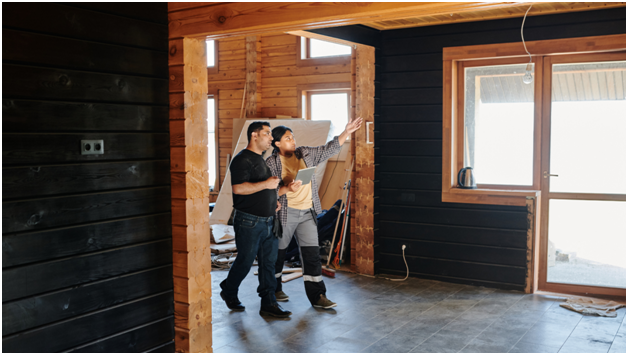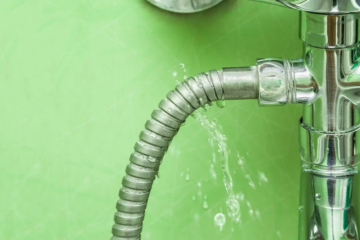8 Common Home Construction Mistakes and How to Avoid Them

Building or renovating a home is an exciting yet complex process that requires careful planning and execution. However, common construction mistakes can lead to costly repairs, delays, and safety hazards. Whether you’re tackling a small remodel or constructing a new home, understanding these pitfalls can save you time, money, and frustration. Below are eight common home construction mistakes and how to avoid them.
1. Poor Planning and Design
One of the most significant mistakes homeowners make is not dedicating enough time to planning and designing their home. Rushing into construction without a well-thought-out blueprint can result in inefficient layouts, awkward room placements, and overlooked structural needs.
How to Avoid It:
Work closely with an experienced architect or designer to ensure the layout meets your needs and aligns with your lifestyle. Consider future expansions, traffic flow, and natural lighting when finalizing your design.
2. Ignoring Building Codes and Permits
Many homeowners underestimate the importance of building codes and permits, leading to potential legal and safety issues. Constructing without proper approvals can result in fines, forced demolition, or failed inspections.
How to Avoid It:
Before starting any construction project, research local building codes and obtain the necessary permits. Hiring ADA compliant contractors ensures your home meets accessibility standards and legal requirements.
3. Using Low-Quality Materials
Cutting costs on materials may seem like a budget-friendly choice, but it often leads to long-term issues such as structural weakness, poor insulation, and frequent repairs.
How to Avoid It:
Invest in high-quality materials that offer durability and longevity. Speak with your contractor about the best options for your budget without compromising quality.
4. Hiring the Wrong Contractor
Selecting the cheapest contractor without proper vetting can lead to subpar work, communication issues, and unfinished projects.
How to Avoid It:
Do thorough research before hiring a contractor. Read reviews, ask for references, and check their portfolio to ensure they have experience with your type of project. A reputable contractor should also be licensed and insured.
5. Neglecting Proper Insulation and Ventilation
Poor insulation and ventilation can result in high energy bills, mold growth, and an uncomfortable indoor climate. Many homeowners overlook these aspects, assuming they are secondary to other construction elements.
How to Avoid It:
Use high-quality insulation materials and ensure proper installation in walls, roofs, and floors. Additionally, incorporate sufficient ventilation in areas like bathrooms, attics, and kitchens to prevent moisture buildup and improve air quality.
6. Failing to Plan for Drainage and Waterproofing
Water damage is one of the most expensive and common problems in home construction. Inadequate drainage and waterproofing can lead to basement flooding, foundation cracks, and mold issues.
How to Avoid It:
Ensure that your home has a proper drainage system, including graded slopes away from the foundation and well-functioning gutters. Use waterproofing materials in basements, roofs, and exterior walls to protect against leaks.
7. Overlooking Electrical and Plumbing Systems
Many homeowners focus on aesthetics and forget about essential systems like electrical wiring and plumbing. Poorly planned installations can lead to inefficient water usage, overloaded circuits, and costly future upgrades.
How to Avoid It:
Work with licensed electricians and plumbers to map out an efficient and up-to-code system. Ensure adequate outlets, proper pipe placements, and easy access points for future maintenance.
8. Ignoring Future Maintenance Needs
Failing to consider long-term maintenance can result in a home that is difficult and expensive to upkeep. Some materials and designs require frequent repairs, while others offer minimal maintenance needs.
How to Avoid It:
Choose durable materials and energy-efficient systems that require minimal upkeep. Regular inspections and preventive maintenance can help identify potential issues before they become major problems.
Home construction is a significant investment, and avoiding these common mistakes can lead to a safer, more durable, and more efficient home. By focusing on proper planning, hiring reputable professionals, and ensuring compliance with codes and regulations, homeowners can enjoy a stress-free building process and a home that stands the test of time.




